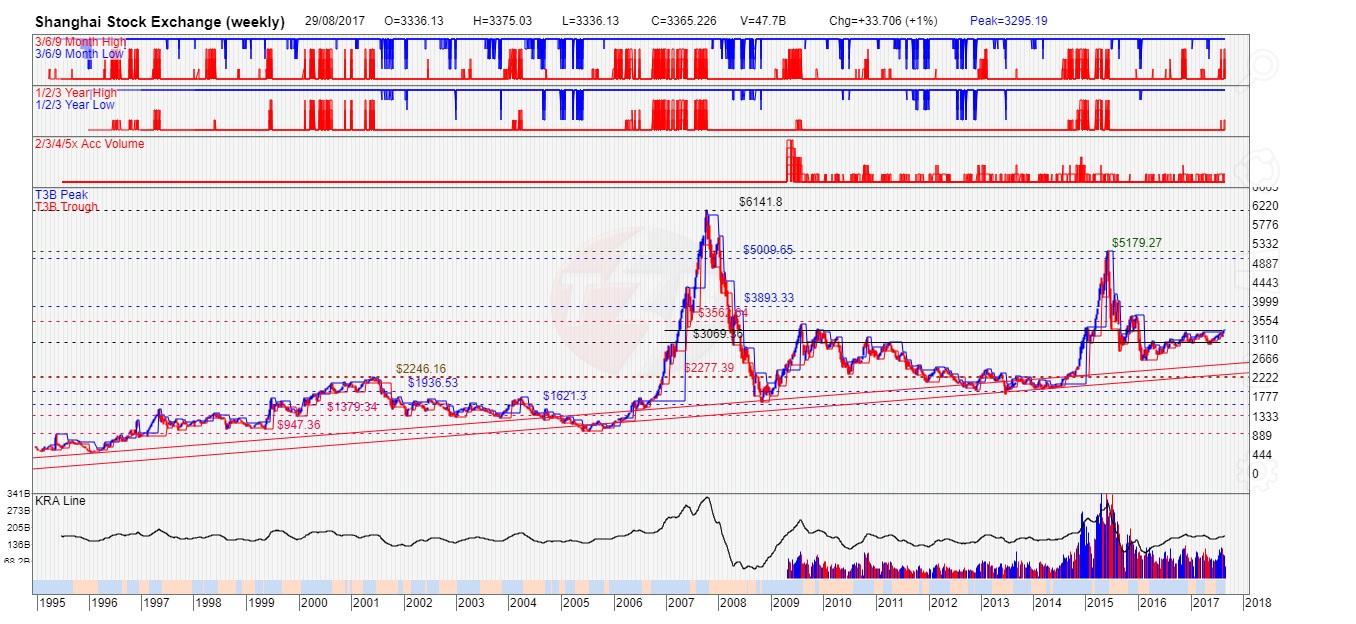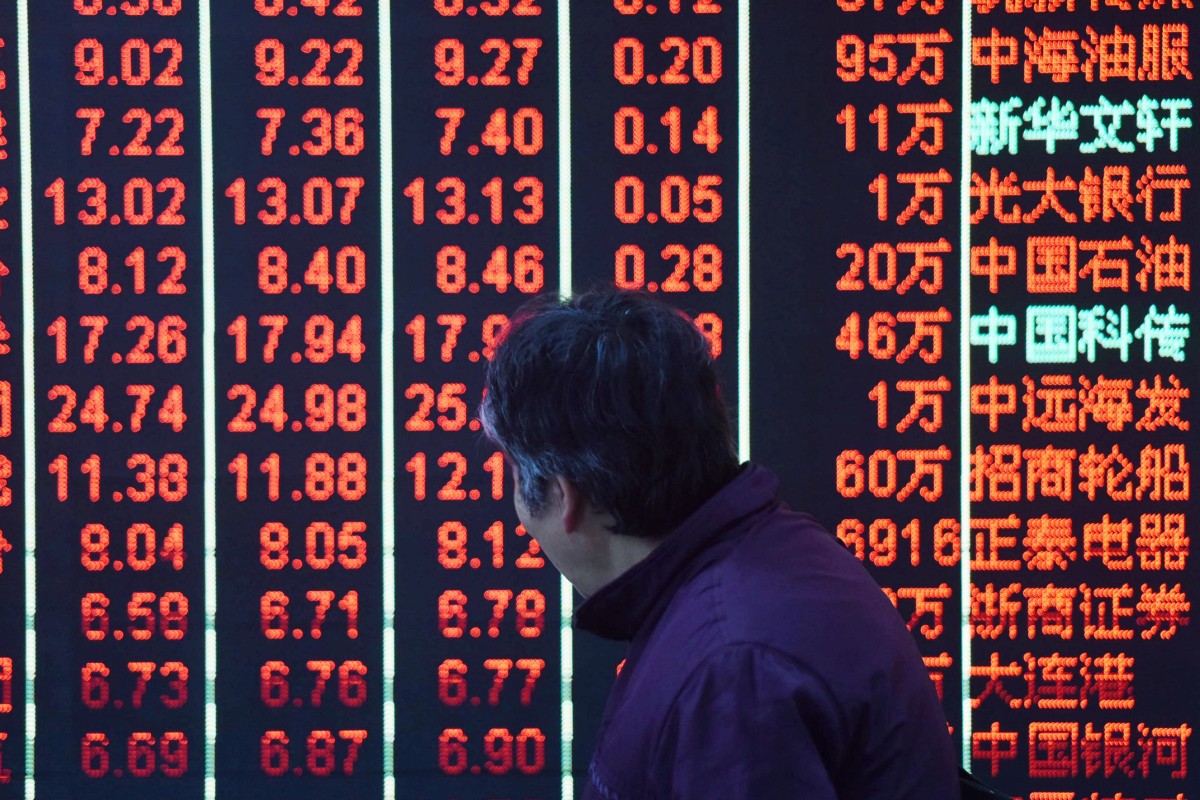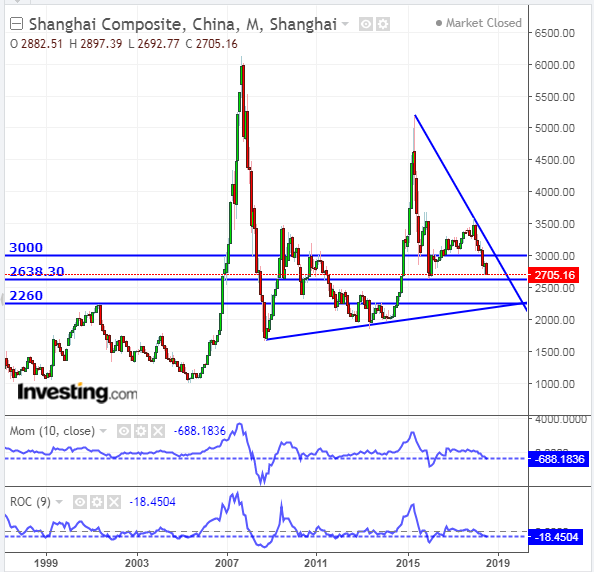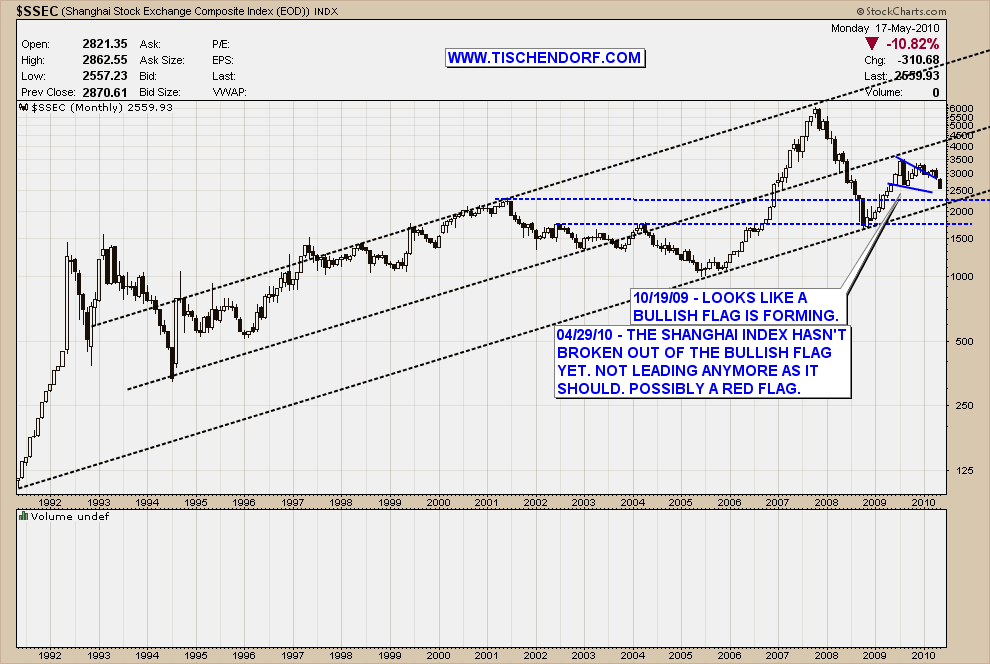Table of Contents
- Trading The Contrarian Style With Clarence Yo : Shanghai Stock Exchange ...
- Trend chart of Shanghai composite index and Hang Seng index | Download ...
- China's Shanghai Index Approaching Freefall | Investing.com
- Shanghai Index Displaying Continued Selling Pressure
- What's Driving Rates? | Zero Hedge
- Can the Shanghai index “Hold On” to support dating back to 1994 ...
- Shanghai share index rallies to 12-month high following quarterly ...
- China’s Shanghai Index: Its Role in World Markets in 2016 – Slope of ...
- Trend chart of Shanghai composite index and Hang Seng index | Download ...
- China’s Shanghai Index At Its Tipping Point? – Slope of Hope ...



History of the Shanghai Composite Index



Composition of the Shanghai Composite Index



Significance of the Shanghai Composite Index
The Shanghai Composite Index serves as a barometer of the Chinese economy, providing insights into the country's economic performance and prospects. The index is widely followed by investors, analysts, and policymakers, who use it to gauge the overall health of the Chinese stock market. The SHCOMP is also used as a benchmark for investment portfolios, with many mutual funds and exchange-traded funds (ETFs) tracking the index.
MarketWatch: Tracking the Shanghai Composite Index
For investors and analysts seeking to stay up-to-date with the latest developments in the Chinese stock market, MarketWatch provides comprehensive coverage of the Shanghai Composite Index. The website offers real-time index values, historical data, and in-depth analysis of the SHCOMP, enabling users to make informed investment decisions. With its user-friendly interface and extensive range of tools and resources, MarketWatch is an essential destination for anyone looking to track the Shanghai Composite Index. The Shanghai Composite Index is a vital component of the global financial landscape, providing a window into the performance of the Chinese economy. With its rich history, diverse composition, and significant influence on the global markets, the SHCOMP is an index that investors and analysts cannot afford to ignore. By tracking the Shanghai Composite Index through reputable sources like MarketWatch, investors can gain valuable insights into the Chinese stock market and make informed decisions to drive their investment strategies forward. Whether you are a seasoned investor or just starting to explore the world of finance, the Shanghai Composite Index is an essential indicator to watch.For more information on the Shanghai Composite Index and other financial markets, visit MarketWatch today.
Note: The word count of this article is 500 words. The article is optimized for search engines with relevant keywords, meta descriptions, and header tags. The html format is used to structure the content and make it more readable.